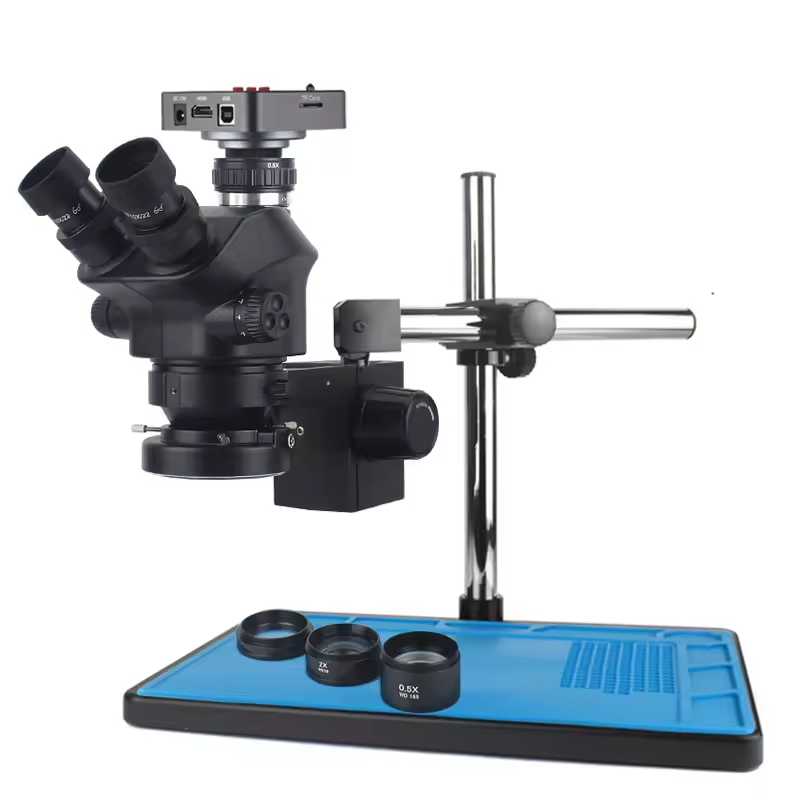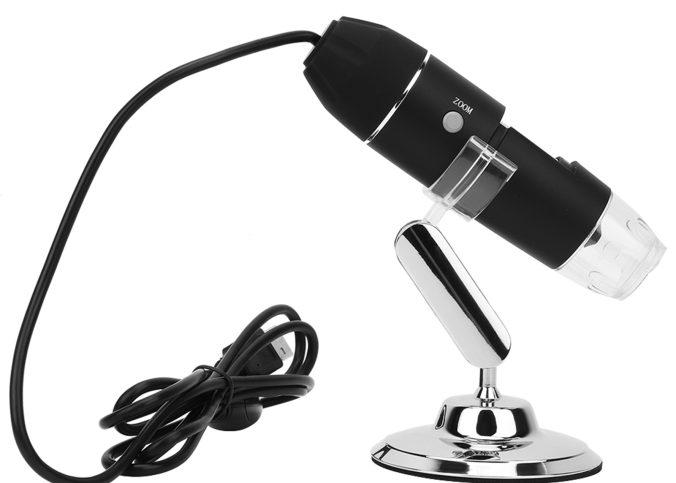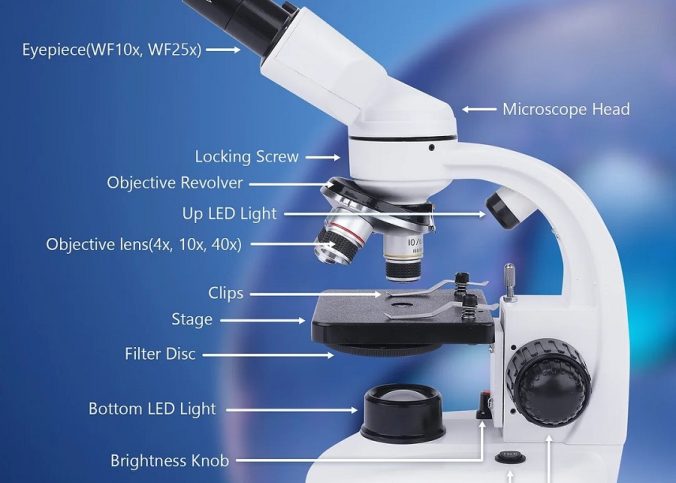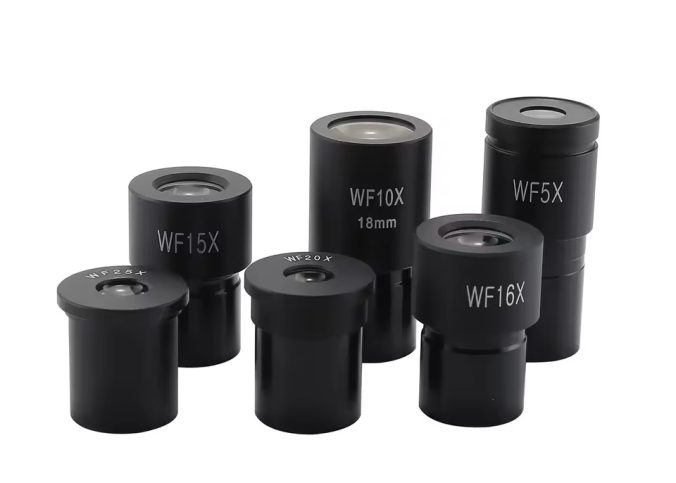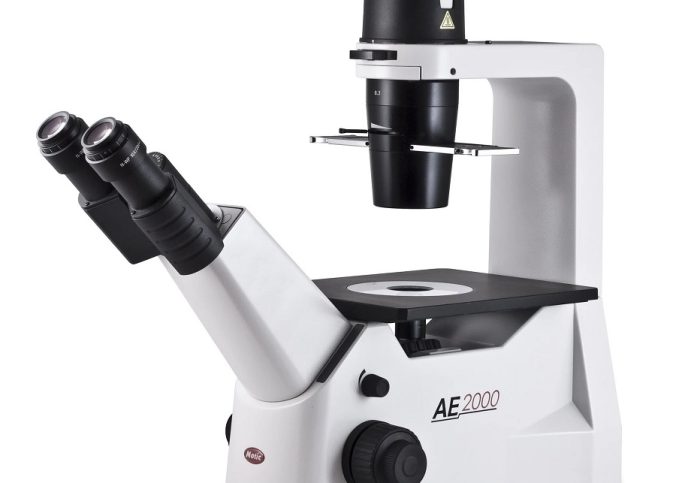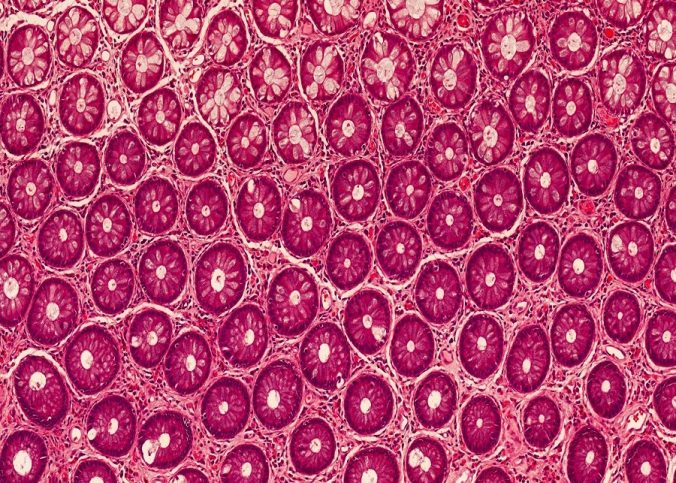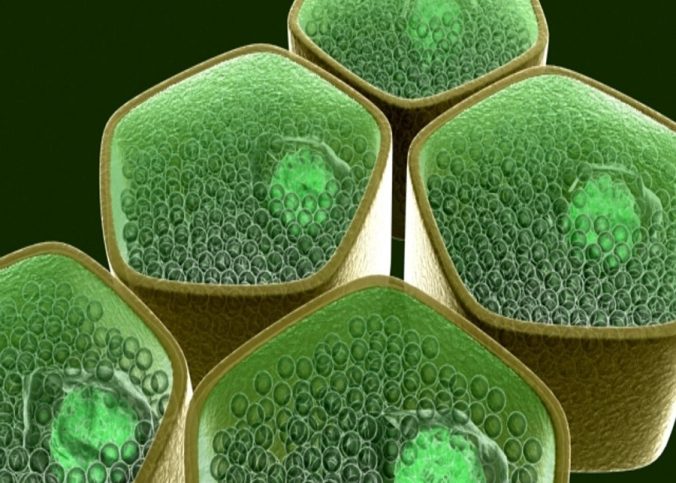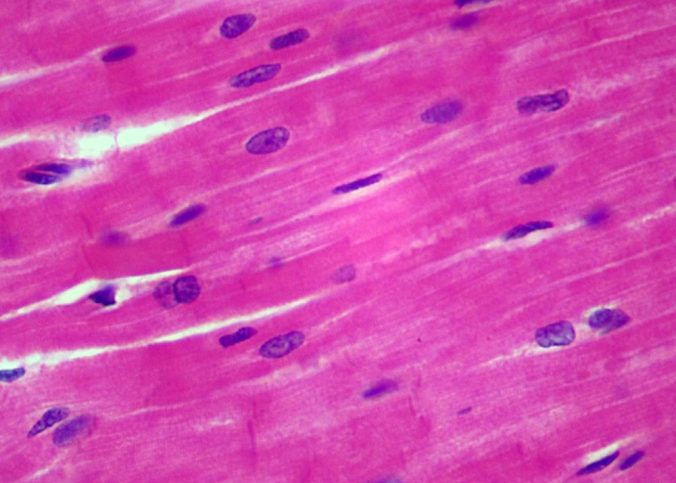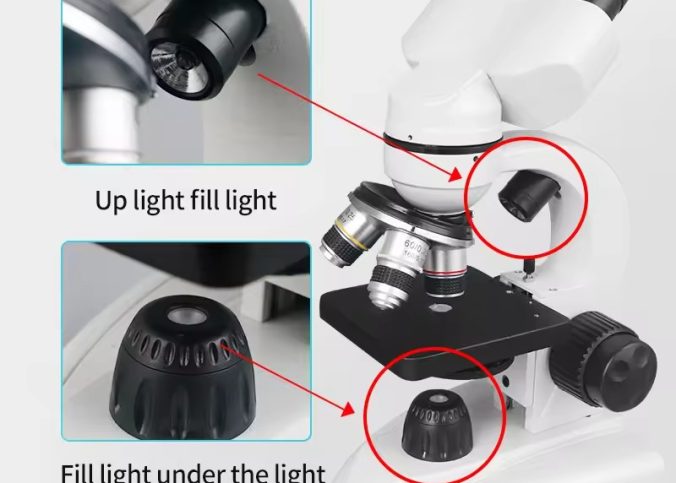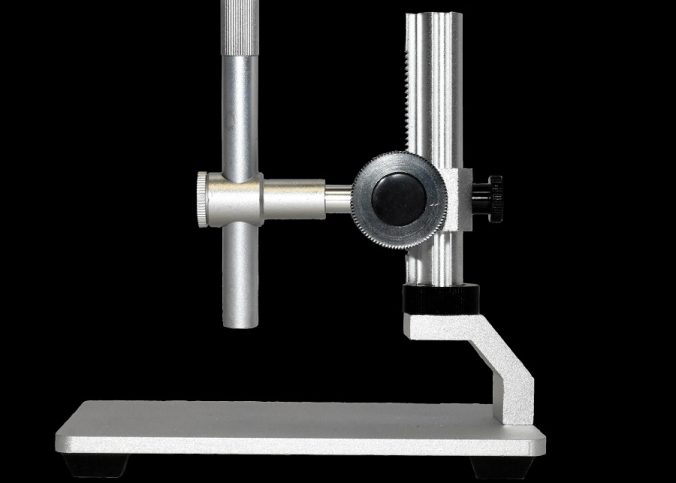Overview of Stage Microscopes Stage microscopes play a crucial role in scientific research. They provide a platform to hold and manipulate a specimen under examination. The stage microscope function varies with different types and models, but the key purpose remains…
Tag: microscope
Introduction to the Butterfly Wing When observing a butterfly under microscope, we reveal a world of intricate beauty. Butterfly wings are not merely for flight. They are canvases of evolutionary art, displaying complex patterns and vibrant colors. To the naked…
Introduction to Compound Light Microscopes A compound light microscope is a popular tool in science labs. It helps us view very small objects in detail. This microscope uses light to illuminate samples. It has several labeled parts that work together…
Introduction to Ocular Lens Microscopes An ocular lens microscope is a vital tool in viewing tiny objects. It magnifies the subject to make it easy for the eye to see. This type of microscope uses ocular lenses, also known as…
Introduction to Inverted Microscopy Inverted microscopes have revolutionized cellular studies. Unlike traditional microscopes, they observe specimens from below. This design allows researchers to analyze living cells in more natural conditions. The inverted microscope is now a fundamental tool in many…
Introduction to Microscopy The study of cells under microscope starts with microscopy. This is the science of using microscopes to view tiny structures. The term ‘microscopy’ means ‘to look at the small.’ It allows us to explore worlds too small…
Introduction to Plant Cell Microscopy Delving into the microscopic world reveals a fascinating reality about plant cells. Observing a plant cell under a microscope can unearth its complex architecture and vivid processes. Microscopy has been a critical tool for scientists…
Introduction to Cardiac Muscle Tissue Cardiac muscle tissue is unique in the human body. It makes up the heart’s walls and helps pump blood. It’s different from other muscles in look and function. Cardiac muscle cells are called cardiomyocytes. They…
Introduction to Microscope Microscopy stands as a cornerstone in science. It opens a world unseen to the naked eye. This guide embarks on a journey into the realm of the very small. We’ll explore what a microscope is and its…
What is a USB Microscope? A USB microscope is a digital device. It connects to a computer through a USB port. It has a camera that captures images and videos of tiny objects. This microscope is compact and user-friendly, differing…
